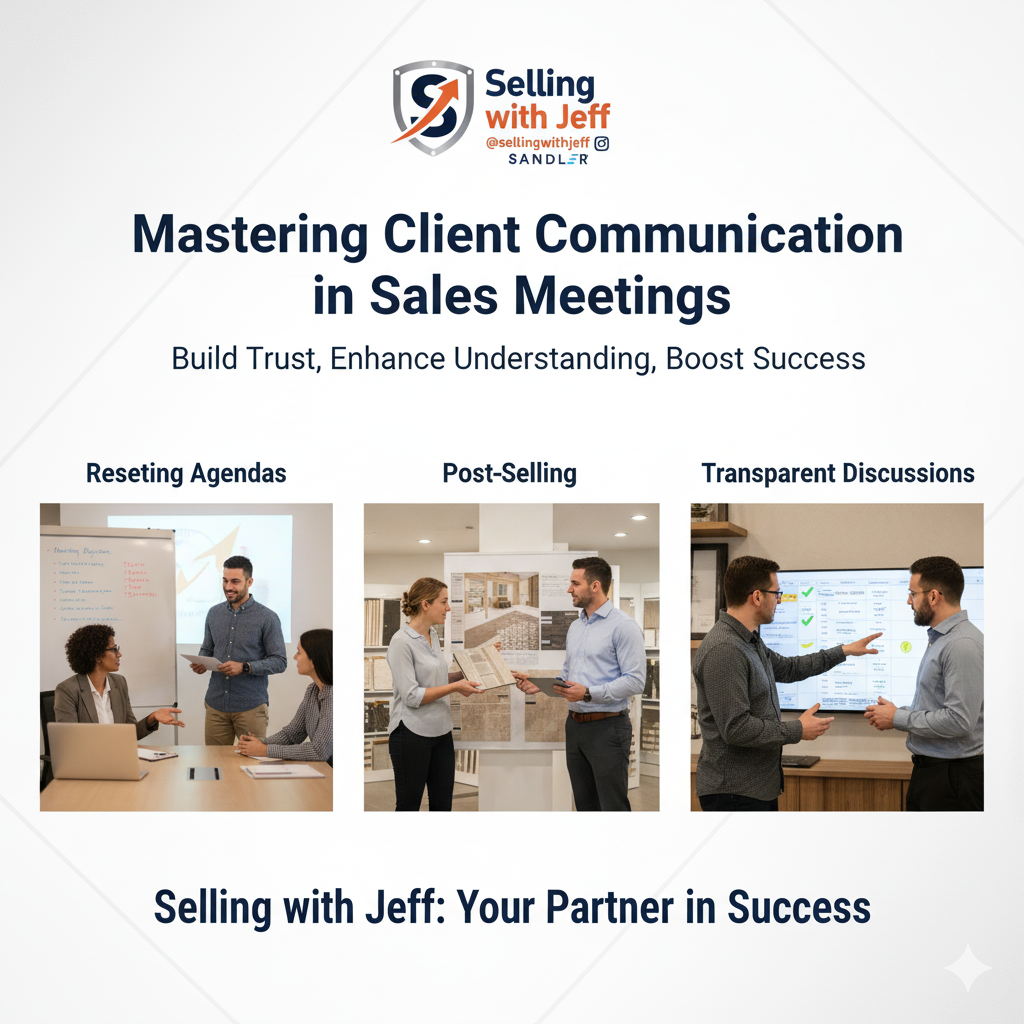Master Your Sales Conversations: The Art of Advanced Questioning

In sales, it's not just about what you say, but what you ask. Truly mastering the art of questioning can transform your sales conversations from basic pitches into deep, trust-building dialogues that lead to closed deals. Let's explore how curiosity and advanced questioning techniques can elevate your sales game.
Lead with Curiosity: Your Sales Superpower
At its heart, successful selling starts with genuine curiosity. When you're truly curious about your client's world—their challenges, desires, and pain points—you stop being just a vendor and become a trusted advisor. This isn't about simply ticking boxes; it's about asking questions that uncover hidden needs and build real rapport.
-
Why it matters: Curiosity drives engagement, builds trust, and encourages clients to open up, giving you the vital information needed to tailor your solution perfectly. It's the difference between a one-time transaction and a lasting partnership.
"Curiosity Curve" Questions: When Pretending Not to Know Pays Off
Ever felt like you need more information but don't want to sound pushy? Enter curiosity curve questions. These are clever questions designed to make you appear slightly unsure, prompting the client to elaborate without feeling interrogated.
-
How it works: Phrases like "I'm not sure I completely understand, can you help me with that?" or "Could you explain that a bit more?" invite your client to share additional details, often revealing underlying issues or objections. It's a simple yet powerful way to gather insights without being intrusive.
Reverse Questions: Keeping the Conversation Flowing
When a client throws a question your way, sometimes the best response is another question. Reverse questions help you maintain control of the conversation, gain context, and avoid getting cornered by objections.
-
Example: If a client asks, "Do you have other training facilities in the area?" a reverse question could be, "It sounds like that's important to you, why do you ask?" Adding a soft lead-in makes it less aggressive and more conversational. This technique clarifies their true intentions and keeps the discussion productive.
Presumptive Questions: Guiding Clients Towards Solutions
Presumptive questions assume your client has already taken a certain action or holds a specific belief, gently guiding them towards a desired conclusion. These are particularly effective for tackling common objections, like price.
-
Example: If a client says, "Your price is too high," a presumptive question might be, "When you spoke with other contractors, what prices did you find?" This subtle approach can prompt them to reconsider their objection or reveal gaps in their research, fostering a collaborative path to finding the best solution.
Negative Reverse Questions: High Risk, High Reward
This technique is a powerful, yet delicate, tool. Negative reverse questions involve taking a slightly more negative stance than the client to elicit a positive response or gauge their true commitment.
-
Example: If a client says, "Your price is too high," a negative reverse question could be, "Maybe we aren't the right fit for your project. Is doing nothing an option?"
-
Use with Caution: This technique can be highly effective for moving stalled conversations, but it must be used with genuine intent to understand, not to confront. When executed skillfully, it can clarify priorities and push clients toward a decision.
Bringing It All Together: Real-Life Application
Imagine a client is hesitant about your service price compared to a cheaper competitor. You could weave these techniques together:
-
Curiosity Curve: "Can you help me understand how you arrived at that comparison?"
-
Reverse: (After they explain) "Why do you think that's important for your specific needs?"
-
Presumptive: "When you reviewed their offerings, did you find any differences in the scope of work or long-term support?"
-
Negative Reverse (if needed): "Given the importance of a lasting solution, is simply opting for the lowest price truly the best outcome for your team?"
By strategically applying these advanced questioning techniques, you'll uncover deeper insights, build stronger client relationships, and ultimately drive better sales outcomes. It's not just about asking questions; it's about fostering understanding and connection.


